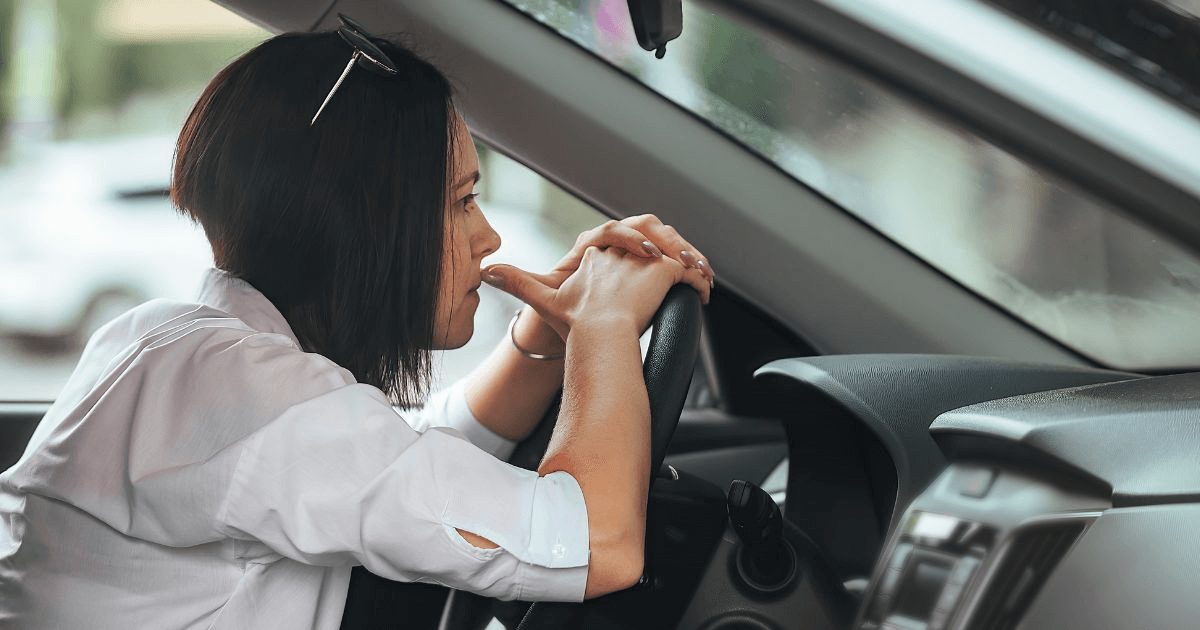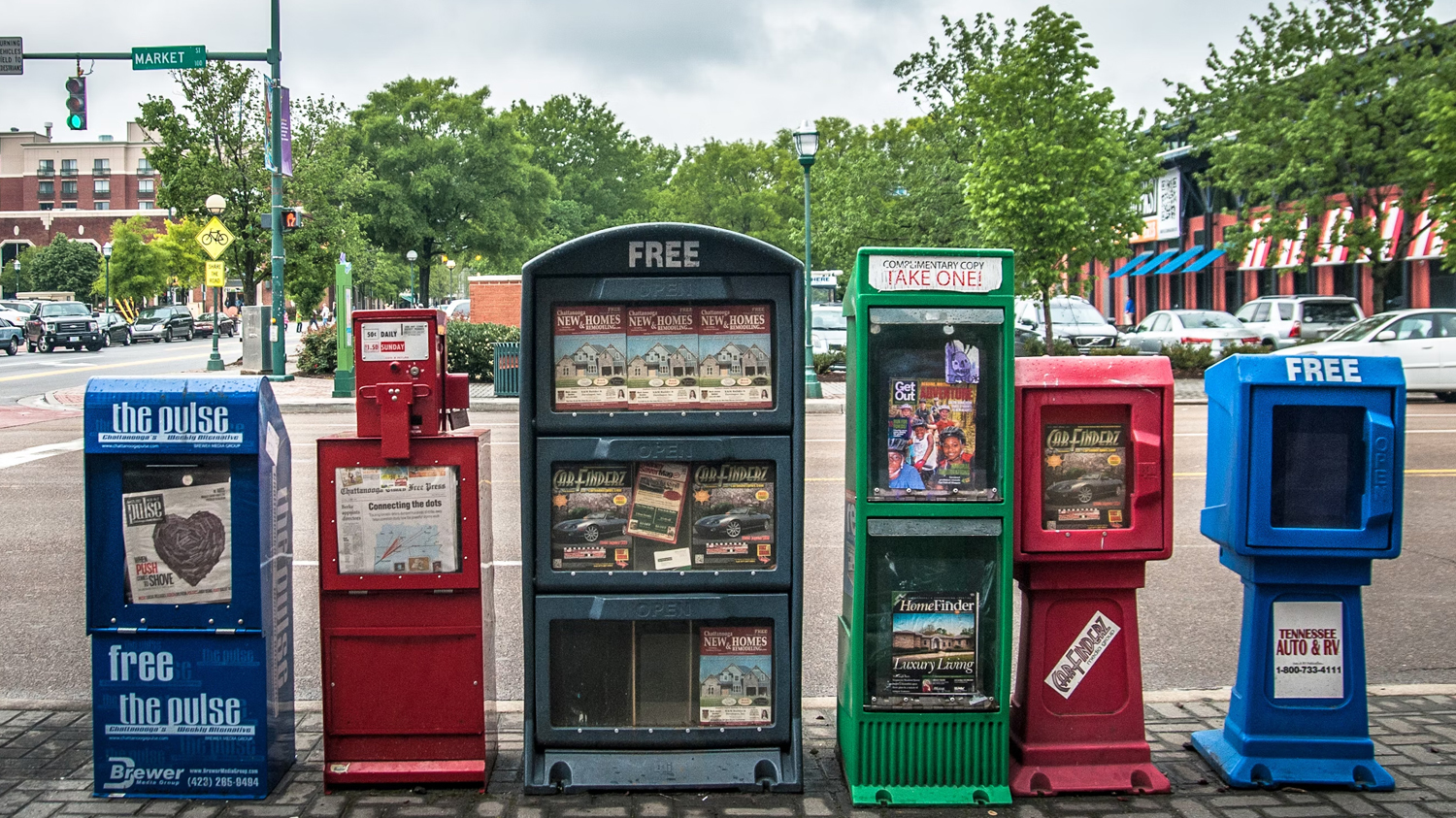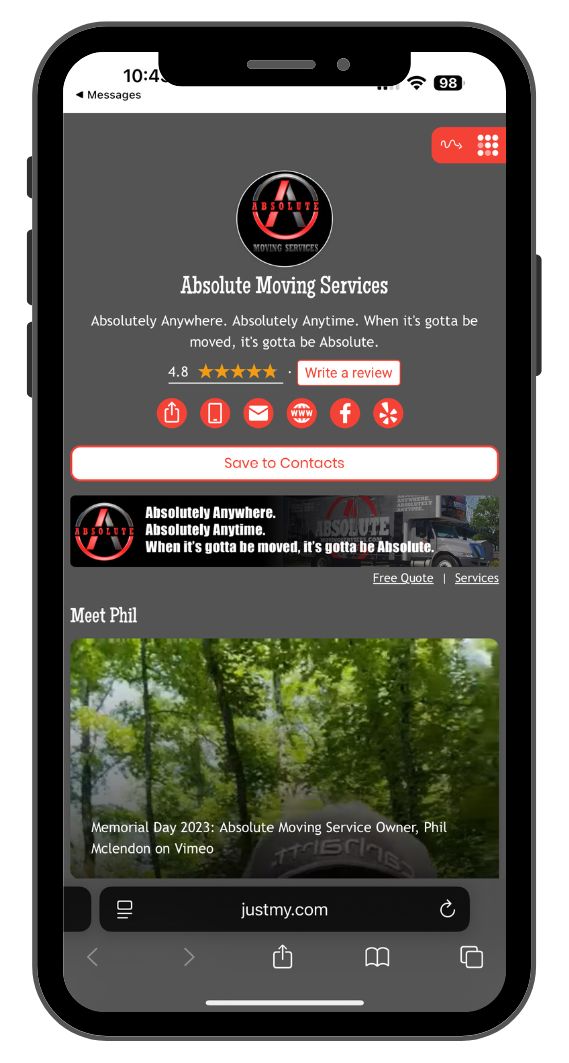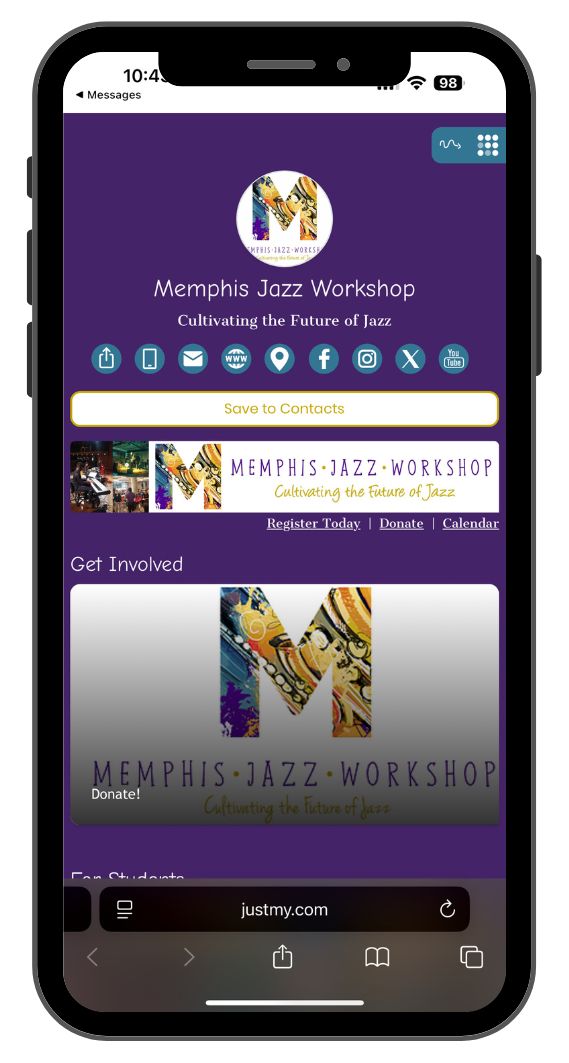Do you feel nervous about the thought of getting into a car? Are you afraid to drive somewhere, or are there specific traffic situations you go out of your way to avoid? Are you constantly thinking about the possibility of an accident on the road? These and more are all symptoms of driving anxiety, a broad term that refers to everything from manageable nerves to full-scale amaxophobia (phobia of being in a car) or vehophobia (phobia of driving).
If you have driving anxiety to any degree, you might feel frustrated and overwhelmed by its presence in your life. After all, driving is an essential daily need for many people, and it’s almost impossible to live conveniently without ever stepping foot in a car. Therefore, you might be looking for ways to manage and overcome your nerves.
Well, you’re in the right place. Here, we take a deep dive into driving anxiety and reveal the many steps you can take to eventually conquer the fear.
The Science Behind Driving Anxiety
What’s actually happening when driving anxiety strikes? Your brain’s alarm system—the amygdala—perceives driving as a threat and triggers your body’s fight-or-flight response. Though everyone reacts a bit differently to this response, the following symptoms are common:
- rapid heartbeat or palpitations
- sweating
- trembling
- shortness of breath
- nausea or dizziness
- racing thoughts about worst-case scenarios
- avoidance of certain routes or driving altogether
These symptoms can be overwhelming, but the techniques we discuss below are all designed to target and mitigate their effects.
Develop Slow, Deep Breathing Skills
Breath work is one of the most powerful, scientifically backed tools for fighting anxiety of all kinds. This is because your fight-or-flight response makes your heart race and your breathing become shallow, and intentional breathing directly combats these symptoms. When you control your breath, you naturally fight your body’s response to anxiety and consequently calm your nervous system.
As soon as you start feeling driving anxiety, whether before you enter a car or when you get behind the wheel, turn to your breath. Pay attention to how it changes and attempt to gain control of its movement. Take deep breaths in and long breaths out.
An easy way to be mindful of your breathing and reduce your anxiety symptoms is with the 4-7-8 breathing technique. Here’s how to do it:
- Inhale through your nose for 4 counts.
- Hold your breath for 7 counts.
- Exhale through your mouth for 8 counts.
- Repeat as many times as you need.
At first, you might use breath work to control your anxiety about just stepping into a car. Eventually, you can employ it on the road when a certain situation makes you nervous or your anxiety flares up all of a sudden.
Gently Challenge Your Anxious Thoughts (Without Judgment)
Anxiety loves to play the what-if game. What if I crash? What if I have a panic attack? What if I can’t handle the highway? These thoughts feel real and urgent, but they’re often based more on fear than on facts.
It’s important to understand that you can’t really control the thoughts that pop into your head. However, you can acknowledge their presence without judgment to then rationally and gently challenge them. When a concerning thought crops up, ask yourself these questions:
- What evidence do I have that this will happen?
- What would I tell a friend having these same thoughts?
- What’s the most realistic outcome here?
You can replace catastrophic thinking with balanced thoughts. Instead of “I’m going to crash,” try “I’m a careful driver who follows traffic rules.” Instead of “I can’t handle this,” try “I’ve driven safely before, and I can do it again.”
Make Your Car a More Relaxing Space
What if you could take control of your environment to support your mental state? You can.
Fill your vehicle with sounds, scents, and things that bring you comfort. For example, many people have luck with relaxing playlists or podcasts.
Another great idea is to include grounding objects. If you’re religious, you might find solace in driving with an icon of St. Christopher, the patron saint of travel, in sight. If you’re not religious, you might put a small stuffed animal or a meaningful trinket from a loved one on your dashboard.
Consider how your car smells too. You can place a diffuser to emit a calming aroma with essential oils as you drive. You just need to experiment to find what works best for you.
Use the Power of Visualization
Visualization is the meditative act of picturing yourself as you want to be. To combat driving anxiety, a visualization exercise could look like imagining yourself confidently driving down the freeway and arriving at your destination safely. Take 5–10 minutes to imagine this outcome, focusing on the details. For instance, imagine yourself calmly entering your car, effortlessly changing lanes, noticing all traffic signs, and perfectly parking at your destination.
You can also include other details like what you’re wearing, what the weather is like, and how the steering wheel feels in your hand. The more vivid your mental rehearsal, the more your brain will accept driving as a normal, manageable activity.
Get Help From a Professional
These self-help strategies are effective, but it’s always beneficial to consult a mental health professional. A therapist who specializes in anxiety can provide additional tools like these:
- cognitive behavioral therapy (CBT)
- exposure therapy specifically for driving
- EMDR if your anxiety stems from a traumatic driving experience
- medication if appropriate
Take Baby Steps
Finally, don’t worry about overcoming your fear in a day, week, or even month. You might need to spend a month taking 10 minutes each day to just sit in your car. You might only be able to manage short drives around your neighborhood at first. This is okay.
Driving anxiety can be powerful, and conquering the fear takes time. Be patient and gentle with yourself; you have the power to change your mindset from within. All that matters is that you keep progressing toward your goal, one small step at a time.




















